Skip to content
Share
Poured concrete and paving stones differ in many ways, including durability, skid resistance and the capacity to increase the value of your home. However, they are similar in one: They are both porous materials that can stain or become discolored from tire marks. Sealers can help, but skid marks and tire scuffs can occur on any of the popular driveway materials, including concrete, bricks, natural stone and pavers. They can even occur on asphalt; however, tire marks are generally not as noticeable on asphalt driveways.
If you have unsightly tire marks on your driveway that are taking away from your home’s visual appeal, this guide will help you remove the marks and bring your driveway back to its former luster.
Before we go into how to remove skid marks and tire scuffs from concrete and paving stones, we need to address a few things you should not use or do.
1. Do not use a wire brush.
Stiff, metal wire brushes can leave noticeable marks on any type of stone, paver or concrete surface. These will normally look like scratches or scrapes and will detract from the appearance of your driveway.
2. Do not use bleach.
Bleach is not an environmentally friendly option, particularly if you will be rinsing down your driveway after cleaning it, which could introduce the bleach into surrounding soil, groundwater or storm drains. It is also not a good idea to use bleach on colored concrete, because it may discolor the area in which the bleach was used.
3. Avoid harsh chemicals.
Concrete cleaners made from harsh chemicals may remove stains and marks effectively, but they can also discolor or damage concrete or stone surfaces.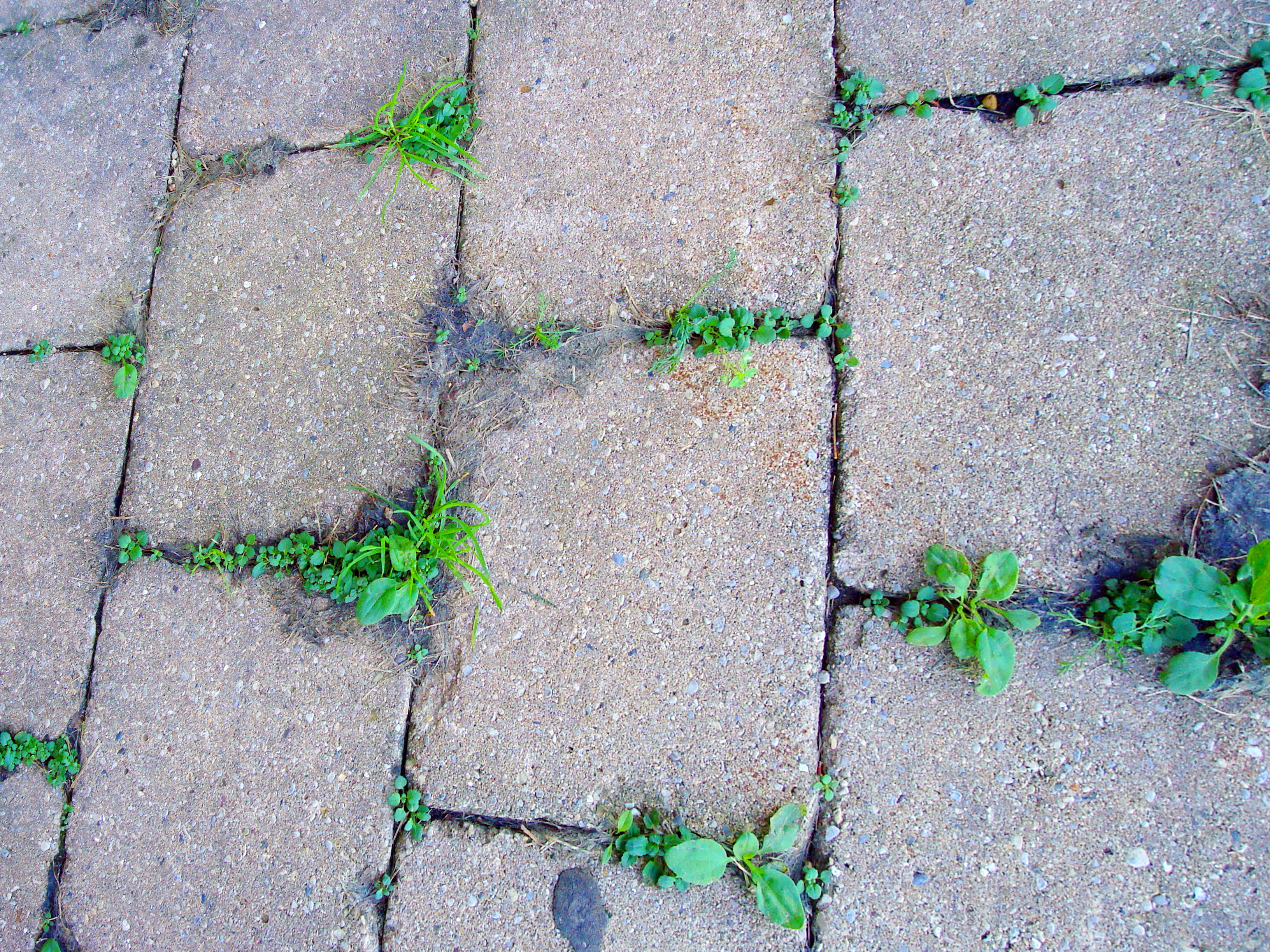 Using a strong solvent or other chemicals on a sealed driveway can also degrade or strip the sealer.
Using a strong solvent or other chemicals on a sealed driveway can also degrade or strip the sealer.
4. Do not let the mark sit any longer than necessary.
While it is not impossible to remove older stains, it is much easier to remove marks, scuffs and other discolorations soon after they occur.
How to Remove Tire Marks from Concrete and Paving StonesRemoving Tire Marks Step 1: Before moving to harsher solutions, the first thing you should do is try removing tire marks with water and a bristle brush or broom. In some cases, this will be enough to get the job done and will save you from spending money on commercial cleaners or having to worry about rinsing those cleaners into your landscaping or a storm drain.
Removing Tire Marks Step 2: If plain water does not work, the next step is to try a mixture of dish soap and water. Dish soaps with mild degreasing qualities can help lift the mark from the concrete without harsh chemicals.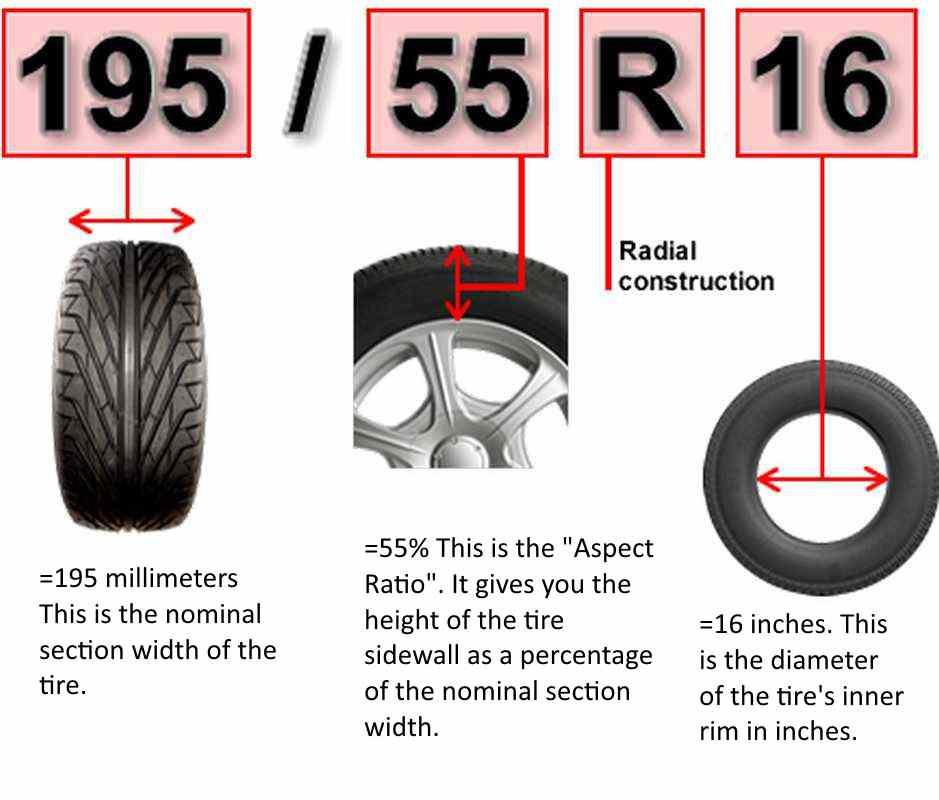 After applying your mixture of dish soap and water, scrub the area with a bristle brush (e.g. a deck brush), and then rinse with water.
After applying your mixture of dish soap and water, scrub the area with a bristle brush (e.g. a deck brush), and then rinse with water.
Removing Tire Marks Step 3: If neither of the above solutions works to remove tire marks from your driveway, you can opt for a commercial degreaser designed for use in removing stains from concrete and paving stones. If you go this route, follow the directions provided by the manufacturer, wear eye and skin protection, and try to avoid rinsing the degreaser into nearby soil or gutters that drain into waterways. It is generally considered a good idea to try to stick with water or a mild dish soap if your driveway is sealed.
It is also possible to try to remove the marks with a pressure washer; however, this should either be left to a professional or done very carefully. Be sure to test this method out in an inconspicuous area first, since improper pressure washing can cause significant damage. If the pressure is too high or if you do not continuously move the pressure washer wand, it can leave unsightly marks on your driveway. Also keep in mind that using a pressure washer on paving stones may dislodge the joint sand, which will need to be replaced.
Also keep in mind that using a pressure washer on paving stones may dislodge the joint sand, which will need to be replaced.
One of the many advantages of having a paving stone driveway is that stained pavers can be removed and replaced without affecting the overall look of your driveway if stain removal methods are not effective. This is not possible with poured or stamped concrete.
How to Prevent Tire Marks and Skid Marks on Concrete and Paving StonesHave you ever noticed how some driveways seem to be more susceptible to tire marks than others? This is largely due to the use of different sealers. Tires have plasticizers that leach from the rubber when it gets hot. This interacts with different sealers in different ways. For example, if your driveway seems particularly susceptible to getting tire marks, you may have an acrylic sealer with a lower level of cross linking. Resealing it with an epoxy or polyurethane sealer with a higher level of cross linking may help prevent future tire marks.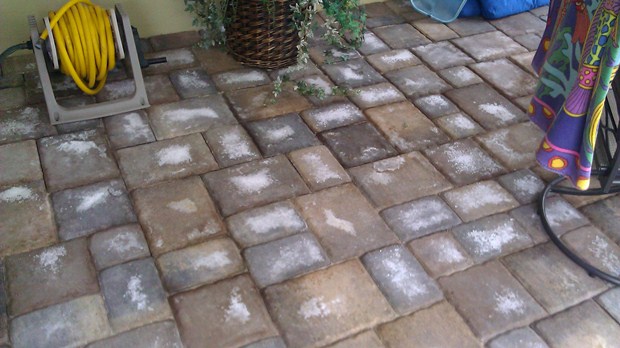
Photo Credits (in order of appearance): morgueFile, Alvimann; morgueFile, DuBoix
Get a Free Estimate →
Hidden
FormClassThe best methods of removing tire marks from the concrete paver driveway. Are you looking for effective methods to remove car tire marks from the paver driveway? This guide will show you the best methods to get rid of skid marks from the driveway pavers so they will look brand new.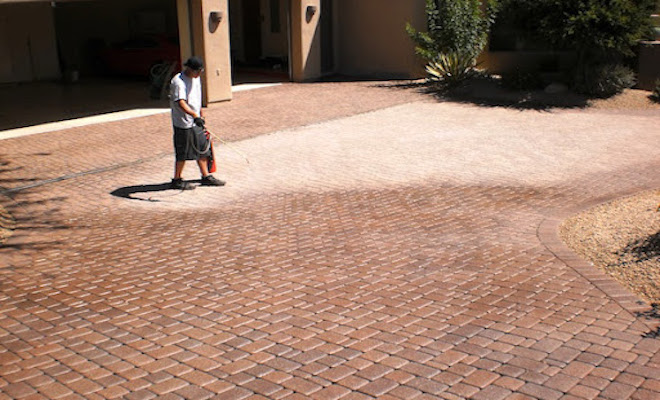
Concrete is one of the most used materials in the world. It ranks after water in the list of most commonly used materials. This material was first invented, manufactured, and utilized by the Nabatean traders who inhabited parts of Jordan and Syria around the 4th century B.C. Source wikipedia
The Egyptians and the Romans were heavy users of concrete. In the Roman era, volcanic ash was introduced as an ingredient of the concrete which made the concrete of the Roman era the most durable concrete of all time. Modern concrete usually consists of asphalt or Portland cement as the binder.
Disclaimer: This article contains affiliate links which means I might receive a commission if you choose to purchase from my referral link at no extra cost to you.
Pavers were first used by ancient Romans. In modern times, Holland is the first country to re-invent and utilize pavers.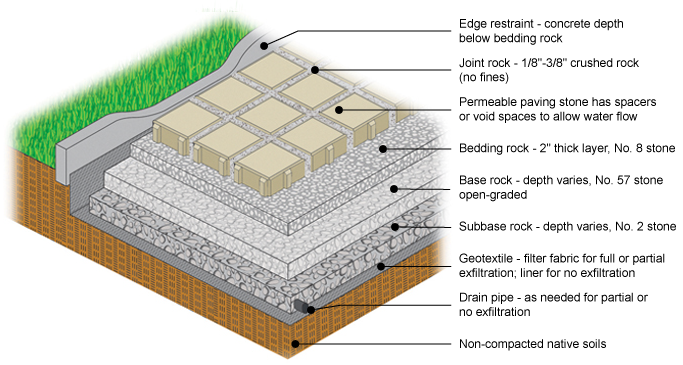 Part of Holland is reclaimed from the sea. Therefore they required their road infrastructure to be built with more flexibility than regular concrete. The areas reclaimed from the sea tended to go through irregular movements and wear and tear.
Part of Holland is reclaimed from the sea. Therefore they required their road infrastructure to be built with more flexibility than regular concrete. The areas reclaimed from the sea tended to go through irregular movements and wear and tear.
Concrete pavers were invented due to this aforementioned requirement for the roads to be built out of flexible materials. Pavers are presently used worldwide due to their flexibility and ease of repairs.
There are various advantages of having concrete driveway pavers. One of the main advantages is that damaged or stained pavers can be individually removed and replaced. This saves the cost of making major repairs in the future.
The driveway’s look with concrete pavers is far superior to a regular concrete driveway. You get plenty of options for designs and looks when you use concrete driveway pavers. Concrete pavers of different colors can mix and match to form intricate patterns.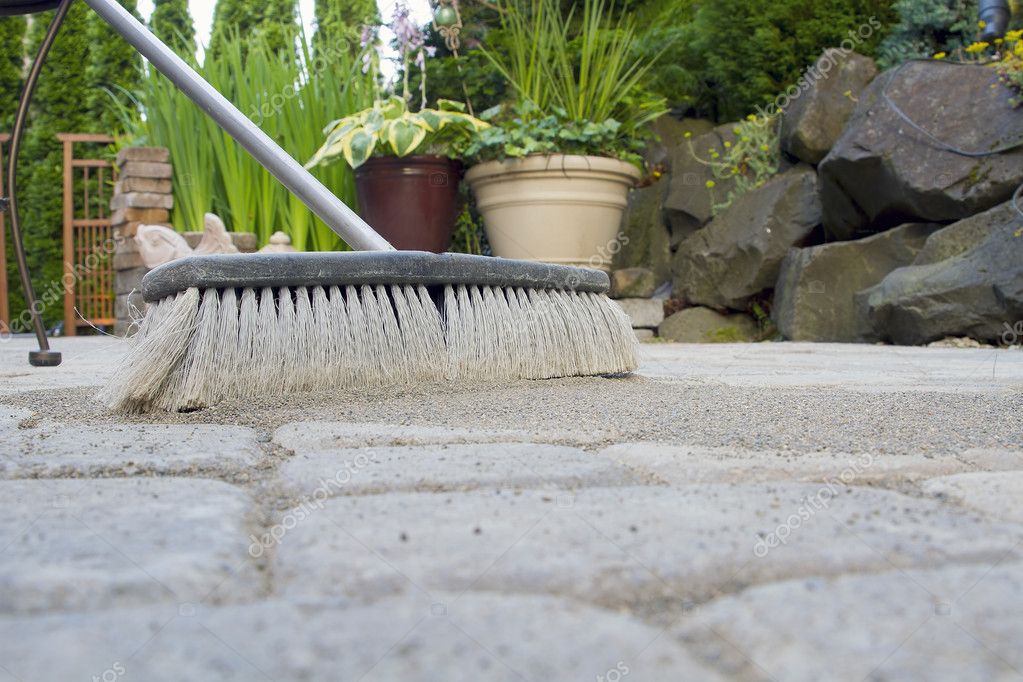 An intricately patterned driveway speaks volumes about the fine, high-end taste of the owner.
An intricately patterned driveway speaks volumes about the fine, high-end taste of the owner.
The tire of your car has ridges that lock onto the road to keep the car on the track and not skid. This process causes tremendous friction and generates a lot of heat. A phenomenon called plasticizer migration takes place.
The Plasticizer is a polymer compound added to the rubber of the tire to increase its flexibility. The rubber of the tire contains a plasticizer to help improve the grip. The tires that get heat cause the plasticizer in the tire to soften and leach out of the tire. When the super-hot tire is parked or driven on certain types of sealers, the plasticizer migrates into and discolors the sealer.
The tire marks on your concrete or paver driveway are a direct result of the polymer compound within the rubber of the tire heating up and leaving residue. The residue is a double-edged sword. When your tire leaves tire marks, it means that your car tire is gripping the road well.
Trying to remain mentally calm and controlled while maneuvering your car through your driveway, avoiding any quick turns, and driving at a very slow speed will also help eliminate or reduce tire marks on the floor surface. You can also wait a few minutes to park safely near the driveway before going through your property gates. Doing so will allow the car tires to cool down and reduce or eliminate tire marks.
Related posts:
26 simple ways to remove negative energy from your home
Effective methods to stop your cat from destroying indoor plants
How to clean and restore hardwood floors the right way
How to restore and change the color of a plastic bathtub
This method works if it is done regularly. Minor tire marks can be removed by using just water and a broom. Since plenty of water will be required to wash the tire marks, you can attach a long rubber irrigation pipe to a nearby tap so that you don’t have to fill buckets every time you need the water.
In cases of very minor tire marks, a water bucket and broom treatment will be sufficient. This will also save you money. However, you have to be extra careful that you handle the broom with some degree of gentleness so that the broom does not lead to any scratches on the concrete pavers or it does not displace any of the concrete pavers from their correct slot.
This method is extremely popular among commercial service providers of cleaning services for driveways, houses, etc. You have to make sure that you keep the pressure washer wand moving continuously so that the water jet from the pressure washer does not cause any damage to the concrete blocks.
Before embarking on this job, make sure to set up a very patient mindset and a low-pressure setting of the water jet. If you find that the water pressure of the water jet is too low, you can always increase it a notch. Also, make sure that the water jet of the pressure washer does not damage or displace the joint sand.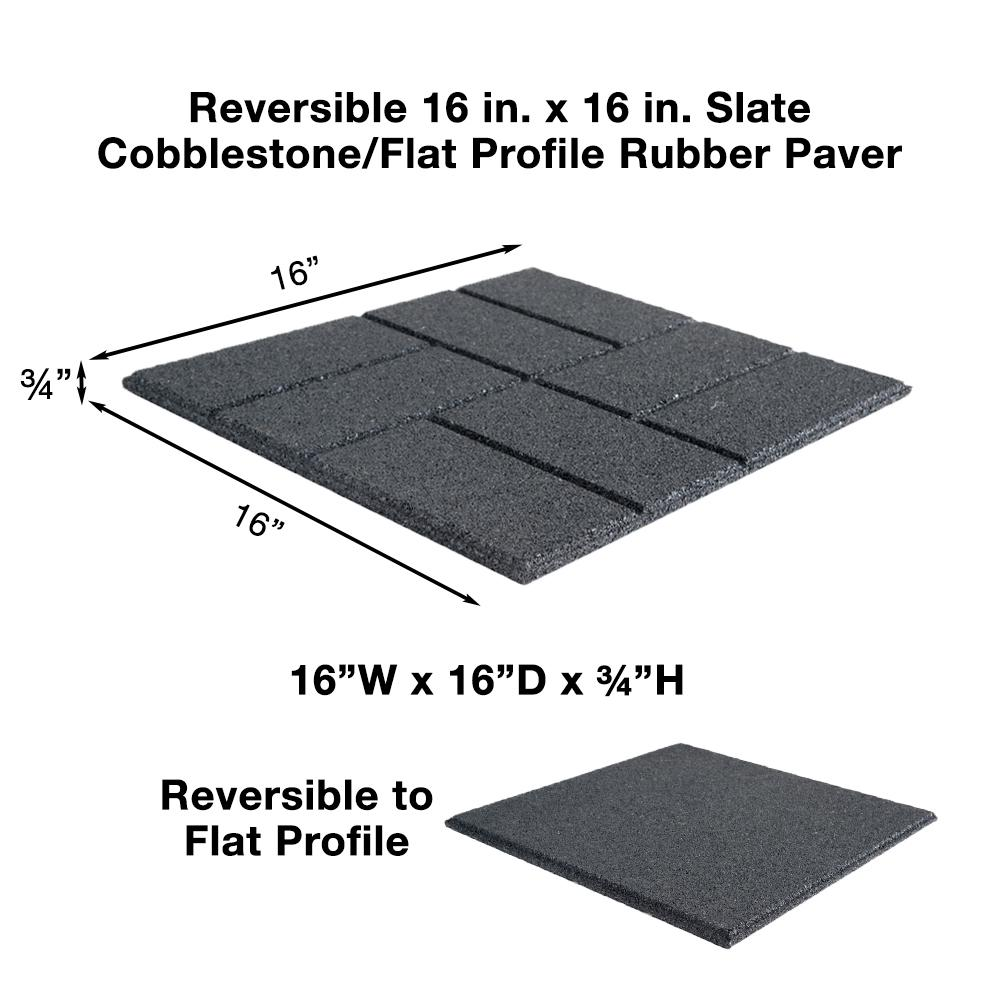 Here you can buy a budget-friendly water presure machine for doing this job efficiently.
Here you can buy a budget-friendly water presure machine for doing this job efficiently.
Dish soaps usually have mild to moderate degreasing characteristics as they are used to remove oil and grime from cooking utensils. Use a good quality dish soap and water. Leave the mixture on the tire marks for some time as the dish soaps are designed to pull out oil and grime in utensils by soaking them.
After a few minutes, you can scrub the area with a bristle brush or broom. Remember to be gentle so that your washing project itself does not lead to any scratches, damage, etc. Finish the procedure by rinsing off with water.
You have to first select a commercial degreaser meant for removing tire marks and stains from concrete pavers. This Eco friendly 5 stars Industrial cleaner product from amazon should help to get the job done fairly easily.
This initial selection process is important.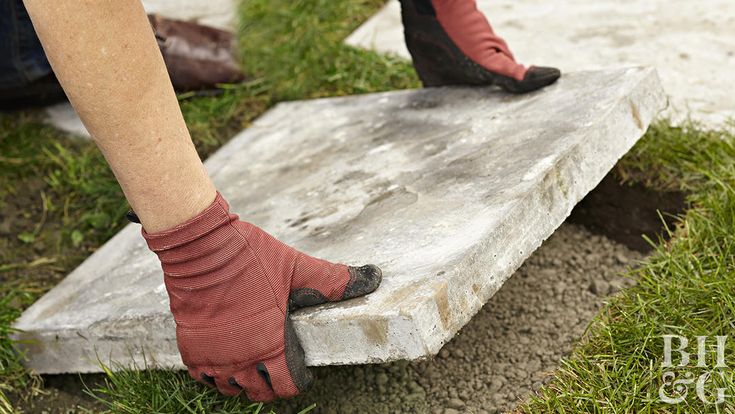 Read the instructions carefully. Use a pair of surgical gloves, a mask, and protective goggles to save yourself from exposure to chemicals. Make sure that you scrub the area with a brush. However, do not use it so vigorously that you leave scratches from the brush strokes on the concrete blocks.
Read the instructions carefully. Use a pair of surgical gloves, a mask, and protective goggles to save yourself from exposure to chemicals. Make sure that you scrub the area with a brush. However, do not use it so vigorously that you leave scratches from the brush strokes on the concrete blocks.
Since this method addresses the denser and thicker tire marks, you can use a pressure washer to remove the residue left by the degreasing process. Before using the pressure washer, you must scrub the affected area with a brush. Remember to start with a relatively slow-speed water jet from the pressure washer.
After completing the entire procedure, check thoroughly to determine if you have the desired results. You can repeat this procedure if you need to, but with extreme caution to not damage the concrete pavers from the procedure itself.
The tire of your car tires consists of plasticizers. These plasticizers leak from the rubber when the rubber gets hot.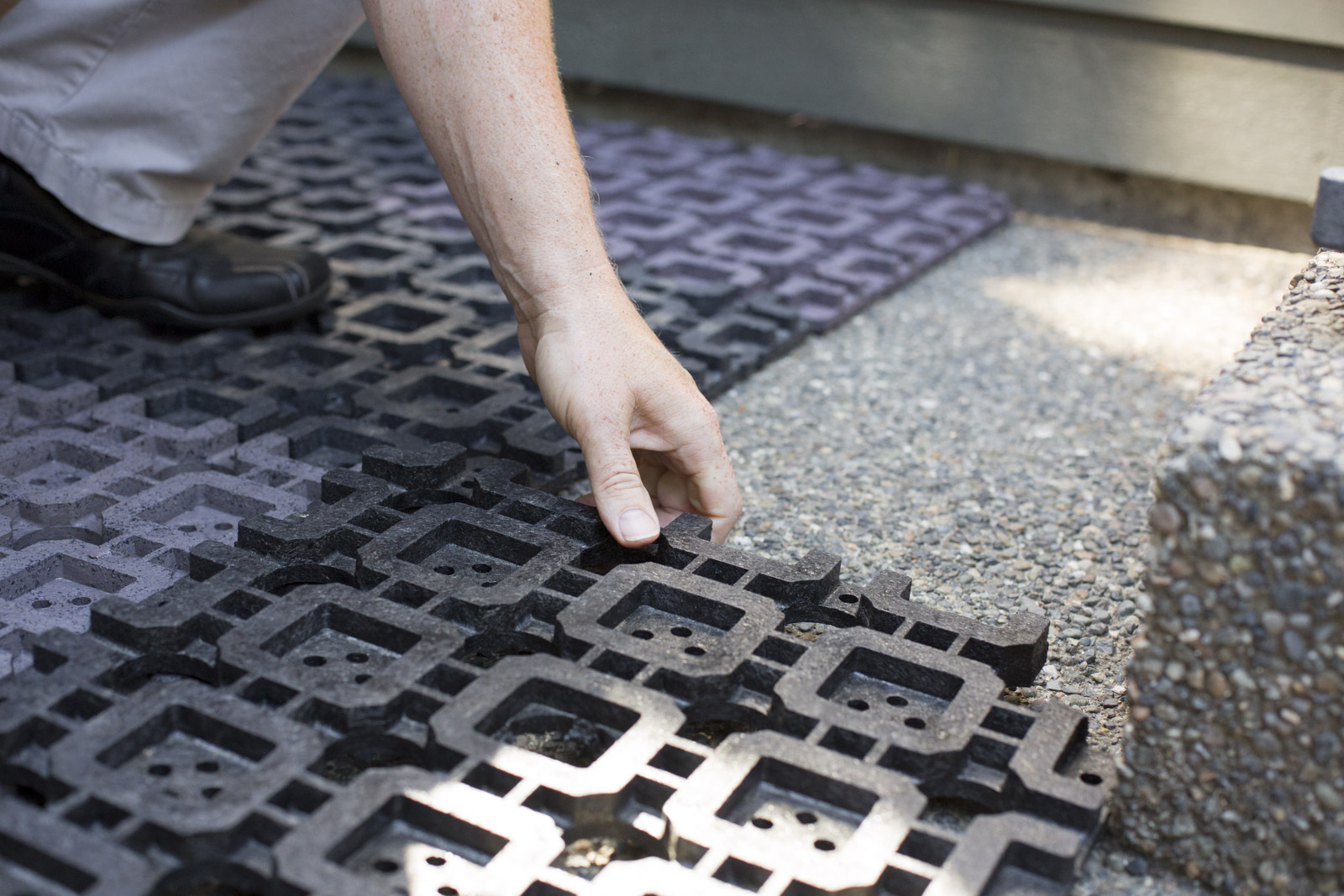 If your sealant is an acrylic sealer with a lower level of cross-linking, it will react with the tire and cause major tire marks. You can get better results by using an epoxy sealer with a higher level of cross-linking. A polyurethane sealer of similar quality will also lead to improved results.
If your sealant is an acrylic sealer with a lower level of cross-linking, it will react with the tire and cause major tire marks. You can get better results by using an epoxy sealer with a higher level of cross-linking. A polyurethane sealer of similar quality will also lead to improved results.
Maintaining a cleaning routine every week for a driveway is better than going all hammers and tongs with all the cleaning accessories only when you find major tire marks on your driveway. Since this is a laborious job, play some rhythmic music to help stay mentally upbeat and enjoy the job.
Did you try any of these tire removal marks that worked efficiently for you? If so, do me a favor and share this post on social media. You never know who might be looking for a solution to remove the tire marks from their driveway.
Related posts:
Bathroom plants that absorb moisture naturally
Indoor vertical garden ideas
Room divider ideas for maximizing the space
During operation, the paving surface is exposed to various external and mechanical factors, as a result of which dirt and stains may appear on the surface. Some of these contaminants are quite easily cleaned with household chemicals, but sometimes a whole range of care measures using professional products is required to restore the appearance of the paving.
Some of these contaminants are quite easily cleaned with household chemicals, but sometimes a whole range of care measures using professional products is required to restore the appearance of the paving.
We have compiled a detailed overview of how to get rid of various types of stains on paving slabs.
Fresh oil stains (machine oil, diesel fuel, etc.) can be removed using absorbent materials - paper towels, rags, sawdust. In this case, one should not resort to increased friction in order to avoid contamination of a larger surface of paving slabs. Stubborn oil and grease stains should be removed using organic solvents - white spirit, solvent, etc. (be careful on colored coatings!).
Among modern building chemicals, it is recommended to use cleaning agents MC Entoler, Basf PCI Entoeler. You can also use a special biosorbent "Ekolan M" , which decomposes petroleum products. Contaminated sand in the tile joints should be replaced with clean sand.
White spots on paving slabs are the result of efflorescence (white salt deposits) and lime deposits. After 1-2 years of operation, efflorescence, as a rule, disappears under the influence of rains.
To quickly remove efflorescence and improve the appearance of paving , special chemical compositions are used - “Tiprom”, “Neomid” . Depending on the degree of contamination, the product must be dissolved in water in the required proportion, determined by the work instructions. The resulting solution is applied with a brush, roller or brush on a pre-moistened surface. The formation of a foaming film in the first seconds of processing is a sign of the efflorescence neutralization reaction.
The consumption of the working composition is on average 200 grams per square meter of coating. At the end of the treatment, the paving surface must be additionally rinsed with water from a watering hose.
To remove traces of cement mortar, you can use Neomid anti-efflorescence or Donnitil 3 X powder from MC Bauchemie.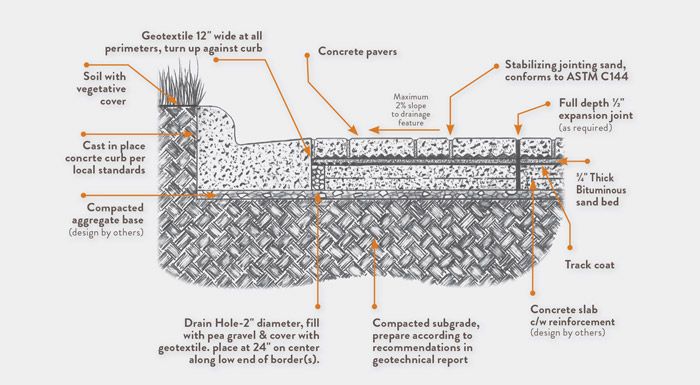 These cleaners are highly effective against a wide range of contaminants.
These cleaners are highly effective against a wide range of contaminants.
Bitumen stains can be removed with a hard wire brush or scraper . Cleaning is best done in winter (or use ice) when the bitumen becomes brittle, brittle and easily crumbles from the surface of paving slabs.
In some situations, traces of rust may appear on paving slabs. For example, the impact of a special equipment bucket on a paving surface leads to the formation of scratches and chips on the tiles, which over time are pigmented with iron particles and acquire a rusty tint.
Rust can also appear in raw materials for the production of paving stones (sand), as well as in pallets in the warehouse of finished products when stored in several tiers. Under the action of rain, the metal nails in the transport pallets rust and the resulting solution flows onto the underlying rows of products, staining them in yellowish stains.
MC-Rost EX has been successfully used to remove rust . It should be borne in mind that the components that make up the cleaner react with concrete, which can lead to leaching of coloring pigment particles (on colored tiles) and exposure of aggregate grains. Therefore, immediately after applying the remedy must be thoroughly washed off with plenty of water .
Chewing gum and graffiti are best removed with hot steam or special cleaners , such as PCI® Silconal AG Basf wax-based protective sealant. You can also use regular brushes with hard bristles, but with caution - there is a risk of scratching the surface.
Car tire marks can also be removed using hot steam or household detergents (street shampoos) dissolved in hot water.
Remove soot from paving slabs with normal soap solution . For heavier soiling, you can use a mixture of laundry detergent and bleach (no chlorine!). In both cases, after using detergents, they must be washed off with plenty of water.
In both cases, after using detergents, they must be washed off with plenty of water.
Stones and paving slabs with a textured surface Stonemix can be heavily contaminated due to the ingress of dirt, clay and black soil into the voids between the grains of exposed aggregate. Thus, the grainy surface of the tile is clogged with debris, aesthetics are lost.
Donnitil 3 X High Performance Cleaner from Bauchemie MC can be used to clean these stains. The product is supplied as a fine powder. The concentration of the solution is selected depending on the degree of contamination of the coating. An additional advantage of this material is its ability to neutralize efflorescence on the coating. The algorithm of action of the product is similar to the principle of operation of the remedies for efflorescence indicated above.
For regular dry cleaning of debris or dust, you can use dry brushes, sweepers or garden vacuum cleaners (such as Karcher, STIHL, etc.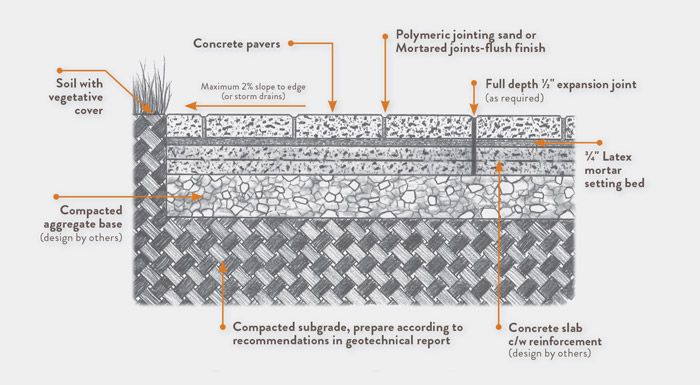 ) . It is strictly forbidden to use tools or mechanized cleaning equipment with a metal working part, which can damage the top layer of the paving surface.
) . It is strictly forbidden to use tools or mechanized cleaning equipment with a metal working part, which can damage the top layer of the paving surface.
Once a month paving slabs require wet brushing or washing . When wet cleaning, it is recommended to direct the water jet at a low angle to the coating in order to minimize any risk of damage to the tile joints (if the joints are damaged, they must be spilled with sand).
In European practice , for regular washing of the coating, the so-called outdoor shampoos are used, which are a complex of surfactants that allow you to clean the surface of dirt, traces of rubber and refresh the color of the coating. Initially, the surface of the pavement is moistened, then the shampoo is applied, after which it is washed off twice. Shampoo consumption averages 1 liter per 1 m3 of water.
Timely and proper care of the laid paving slabs (cleaning, washing, filling bare tile joints with sand) contributes to the preservation of the appearance and durability of the coating!
Article contents0115 1. 2.1 The reasons for the formation
2.1 The reasons for the formation
However, some pollution, such as efflorescence, may occur on the curly paving elements that have not yet been laid.
Therefore, for each owner of a suburban area, information is relevant on how to clean paving slabs from cement and other contaminants, and how to treat the FEM surface to prevent such exterior defects.
Unlike paved common areas, garden paths, recreation areas and parking areas are less prone to pollution. However, even here the FEM elements become unusable or lose their artistic value due to the following contamination:
Efflorescence on tiles.
In recreation areas, it is additionally necessary to clean the pavement from chewing gum.
The main cleaning methods are:
Important! When cleaning and flushing reagents at the end of work, water under pressure is used. Therefore, it is necessary to periodically restore the level of filling the joints with sand if inert material was accidentally removed from there.
Cement and products based on it are especially dangerous for figured paving elements made by vibrocompression:
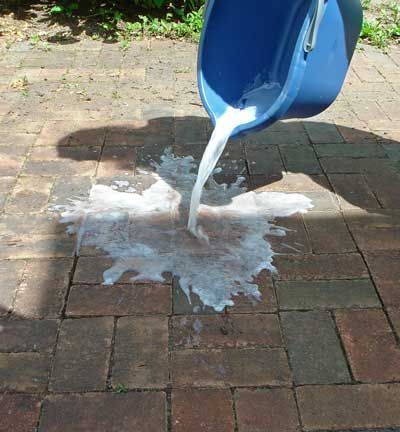
There are several main causes of cement ingrained into the front surface:
Depending on how much time has passed since the laying, or the contact of the cement with the rough surface of the paving cladding, the means can help:
A more complex option is the sandblasting technique. The disadvantage of the method is that the thickness of the tile decreases, which negatively affects the overall resource of the coating.
Drops and pellets of the solution are pre-scraped off the paving slabs with a chisel, abrasive disc or wire brush. After that, cleaning is carried out by the above methods.
Unlike brickwork, where the culprit is the mortar under the ceramic, efflorescence on paving slabs is due to additives in the cement or impurities in the structural material from which it is made.
Efflorescence is due to several reasons:
Efflorescence on the front side of paving slabs mainly contains chemical compounds:
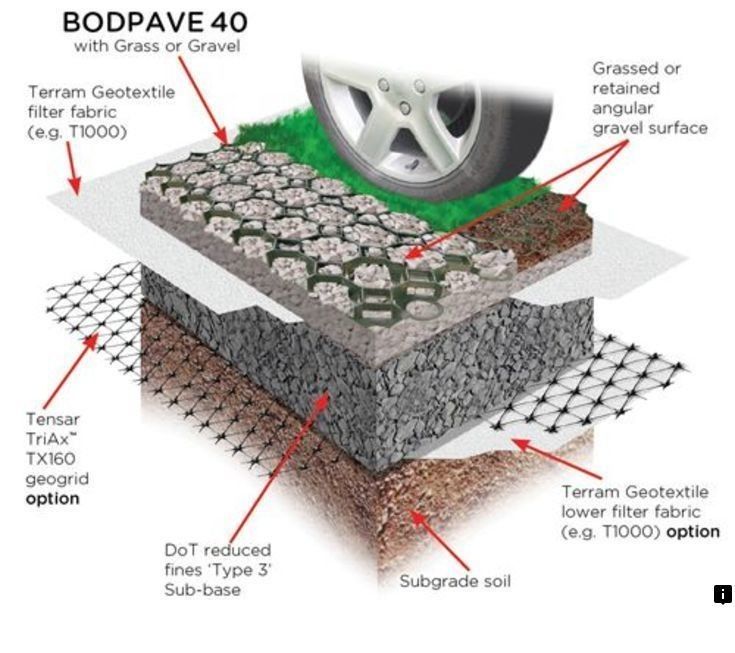
The owner of suburban real estate can bring the wheels of his car to the parking lot, chemicals that are used by road services in the fight against ice. Some of them weather in a natural way, others do not dissolve in water, have high adhesion to the base, penetrate several mm into the concrete structure.
Don't wait for the efflorescence to disappear on its own. You can prevent their appearance with silicone water repellents, but before that the tile must be cleaned of dust and dried at least in the sun. The procedure allows you to forget about efflorescence for 3-4 years, depending on the intensity of pedestrian traffic.
You can remove salt deposits spoiling the design of garden paths in the following ways:
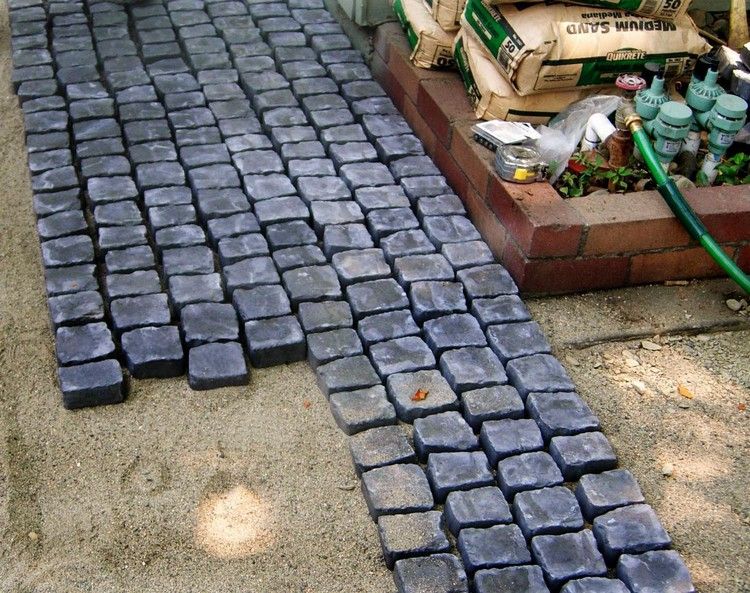
Biodegradable preparations are usually diluted in a ratio of 1:10, after application, concrete surfaces get the effect of a wet surface, emphasizing the texture of even unpainted paving slabs. Salt deposits are removed entirely, the surface increases moisture resistance without additional processing.
In some areas of the paving area there are dark spots on the paving slabs, which are not related to pollution, but may reduce the aesthetic perception of the decorative coating.
Unlike other defects in FEM elements, the owner cannot determine the causes of their occurrence. No liquids have been spilled in these areas, and no construction or equipment repairs have taken place.
The cause is usually capillary suction of soil water or excessive saturation with rainwater:
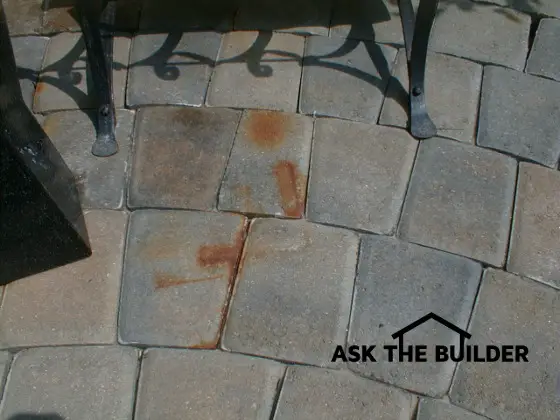
Dark stains on paving stones.
This visual effect is also often seen on freshly made tiles that have been stored in damp conditions, such as covered with polyethylene.
To remove dark spots and prevent future recurrence, considerable effort is required:
In the first case, you will have to dismantle the pavement, change the layer of sand under the contact layer, on which the paving was made, into crushed stone. This is complicated by the fact that the paving slabs could be laid on the gartsovka (DSP mixture), in which the cement has already undergone a hydration process. Therefore, it will be necessary to completely dispose of the carving and lay the tiles on screenings or coarse sand with high drainage properties.
Grease stains are most common near fires and in recreation areas from kebabs and ice cream, respectively. It is not always possible to wash them off with soapy water and detergents, therefore special preparations are used.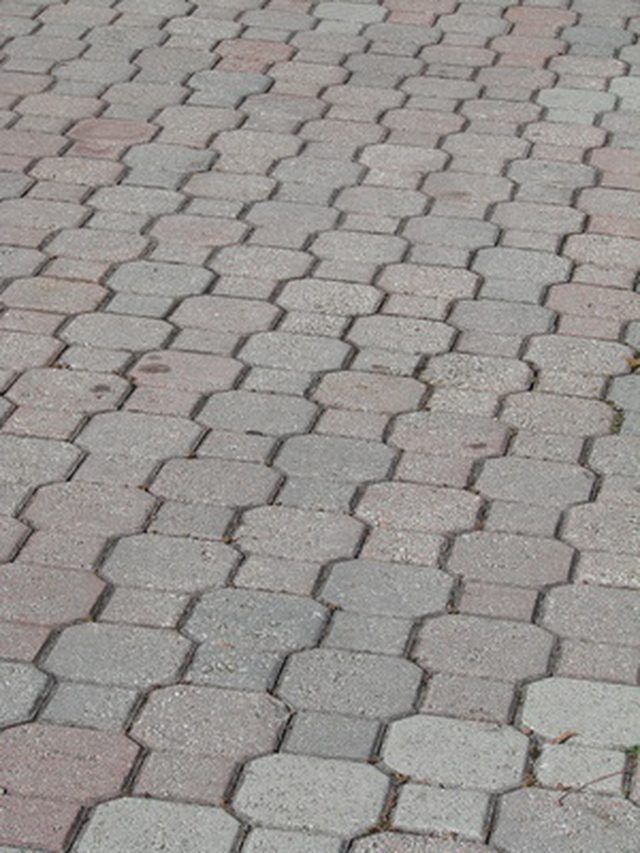
In addition to careless handling of food and prepared meals, greasy stains occur when carrying bags or transferring these substances on the shoes of residents. Pets also become the cause of such pollution.
Grease stains on paving slabs.
It is easier to remove a hard greasy piece that has fallen on a tile than a puddle of vegetable oil. Folk remedies for grease stains on concrete are traditionally considered:
In difficult cases, concentrated chemicals should be used. For example, HG cleaner is applied to a surface that is wetted when dry for an additional 5 minutes. After that, it is enough to rinse the tile with water.
Unlike vegetable and animal fats, fuel and lubricant stains are much more difficult to remove from the concrete surface.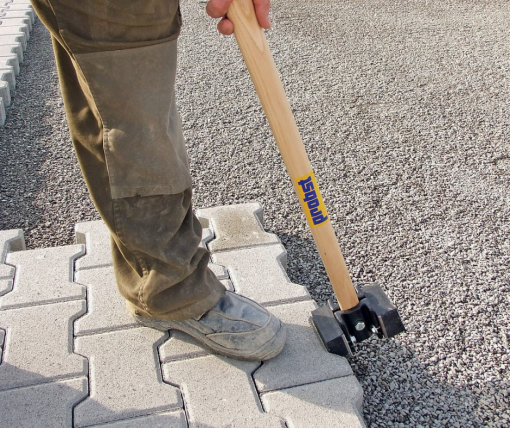 If the spilled stain is detected immediately by the owner, the chances of eliminating the defect are quite high:
If the spilled stain is detected immediately by the owner, the chances of eliminating the defect are quite high:
Attention: After a few hours, diesel fuel/gasoline can be deeply absorbed into the structure of the material, even chemicals will not help - Oil Killer or Bremsreinieger liquid, used for similar cases at gas stations.
Figured paving elements are interchangeable, so defective tiles are split, fragments are removed, and new FEMs are laid in their place.
Dark streaks from car tires can be removed from the surface of the lining of parking lots with ordinary detergents or paint thinners.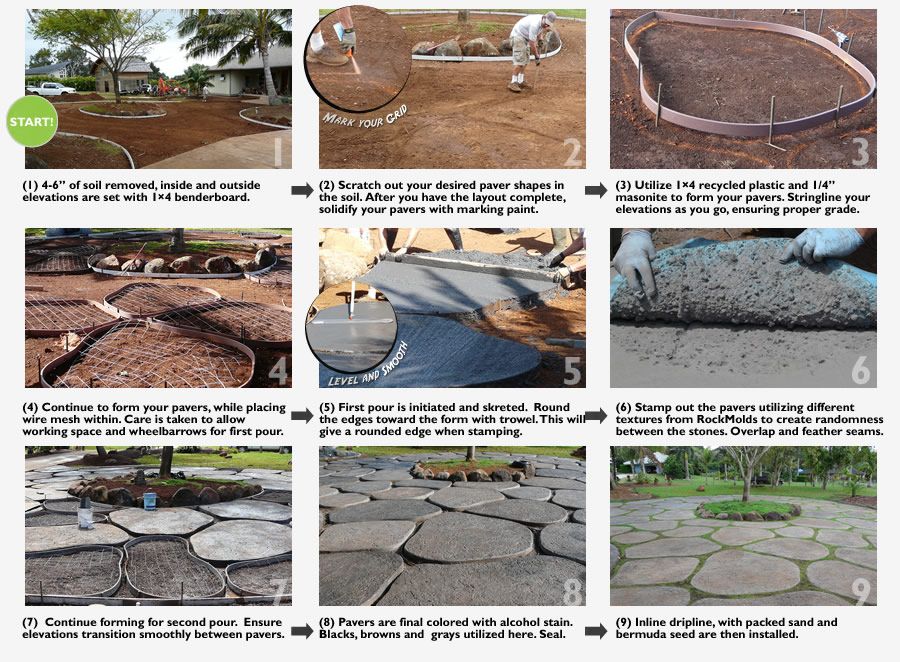 So that chemicals do not destroy the structure of concrete, areas are washed with hot or cold water.
So that chemicals do not destroy the structure of concrete, areas are washed with hot or cold water.
Spilled paint and potassium lacquer, other coatings are liquidated with solvents (464, White spirit) or special compounds. The technology is as follows:
Chewing gum is easier to remove after freezing or cleaning products after scraping. For example, you can put ice on it or try to wet it with Decap Sols Guard.
Thus, most of the dirt is removed from paving slabs without compromising the integrity of the decorative coating layer. However, in difficult cases, one or more curly paving elements will have to be replaced entirely.
Tip! If you need a floor repair master, there is a very convenient service for the selection of specialists from PROFI.RU. Just fill in the details of the order, the masters themselves will respond and you can choose with whom to cooperate.
